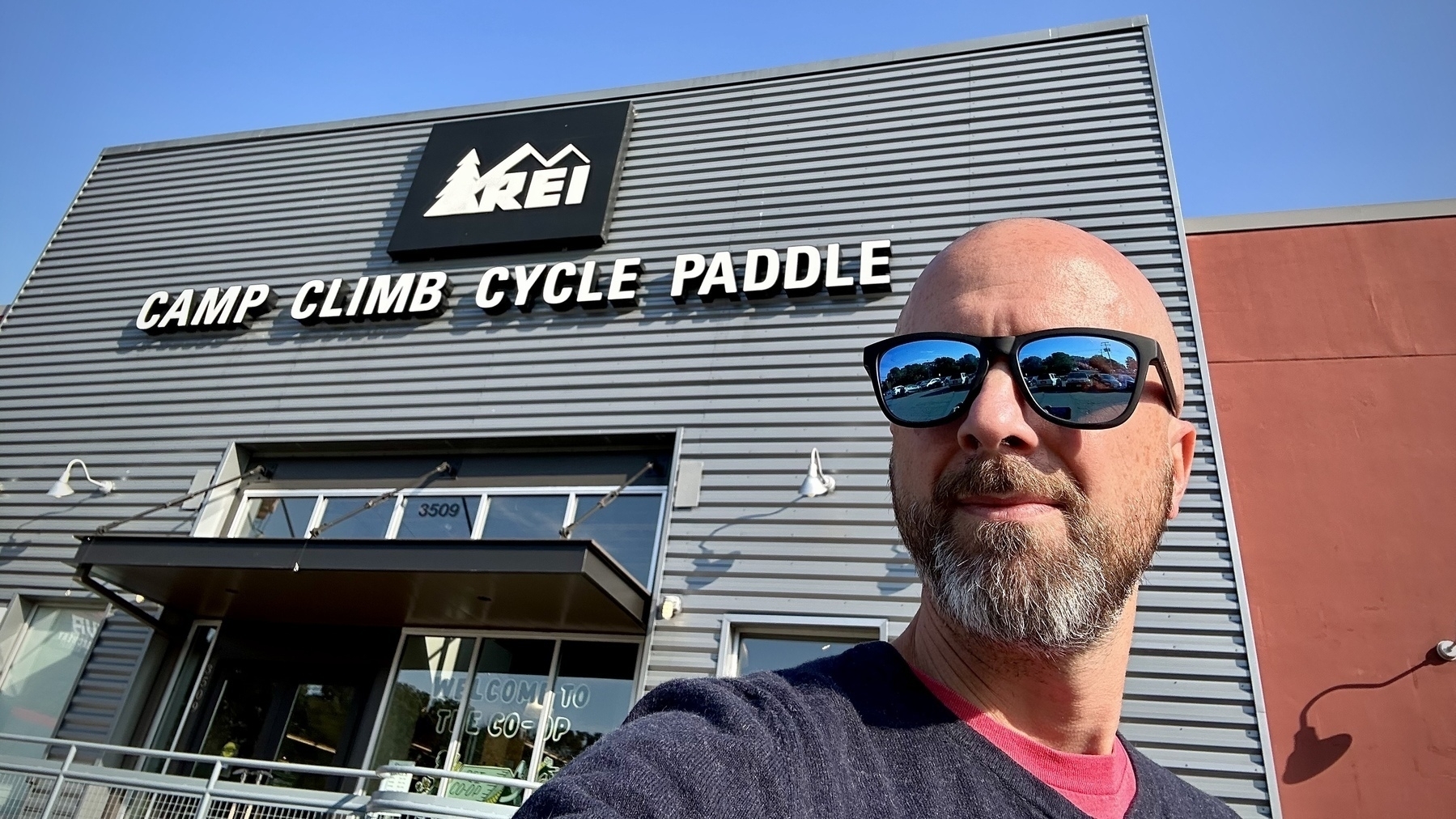Category: Retail Technology
-
Bookshops have always been cool in the mind of the Gen X author. ↩︎
Perplexity is entering the ecommerce space and offering merchant tools:
Merchants will have access to Perplexity’s API to refine how their products appear in search results and use a custom dashboard to offer insights into search and shopping trends.
This is interesting; I’ll be following.
Target debuts ‘weirdly hot’ Santa named Kris in new holiday campaign:
The modern-day take on Santa Claus is introduced in a 30-second commercial, “Born to Be Kris,” where he rides out to a Target in a red Ford Bronco truck (with license plate “Sleigh”).
C’mon Target, is nothing sacred?
The Kids Are Alright
A few articles about the shopping habits of Gen Z have caught my attention over the past few days. As someone who works in retail technology – leading a team that focuses on sales floor operations – I keep a close eye on consumer trends. These two pieces, published within days of each other in separate outlets, are interesting to me because they reinforce a singular thesis: digital natives enjoy shopping in physical stores.
Modern Retail sets the stage with reference to an ICSC study that highlights the social nature of shopping for young people:
Sixty percent of the ICSC survey’s Gen Z respondents said they visit malls to socialize or meet friends even if they don’t need something specific, 60% also said they would rather spend money on experiences than material items, and 70% said retail centers and stores have done a good job designing things for Gen Z members to enjoy together.
This is interesting. I think the social experience created inside a store flys under the radar of most retailers. This is natural because we’re primarily business-minded and transactional in nature. Creating an environment for social connection on our sales floors not only meets this need for young customers, but it creates opportunity for connection points among all in-store customers. If you can do that well, it’s a big step toward creating community.
To my surprise, a few days after reading the Modern Retail article I stumbled upon a similar piece in The Guardian about how bookshops are suddenly cool1 with Gen Z and Millennials. Some of the same themes are reinforced here, notably how physical space can foster community and a growing aversion to algorithmic recommendations:
“I think it’s kind of a misconception that younger people want to do everything online or only care about how things look on social media,” Grace Gooda, the manager at Morocco Bound in Bermondsey tells me. “In our experience … it creates a relationship where they trust our recommendations and might take home something they wouldn’t have seen advertised elsewhere.”
This deeper connection is what really makes physical bookshops appeal to many younger readers. “Bookshops aren’t just places to buy books, they’re places of community, of gathering and this is something that’s actively fostered by so many bookshops,” Ash, 29, from Yorkshire, says. “Speaking to staff to get book recommendations is often a path into hearing more about the community aspects of bookshops, too – it’s often more than just a book recommendation.”
When I think about how these threads apply to my daily work at REI, I think there is relevance here. We already do a great job of showcasing the knowledge & expertise of our store employees, but we can definitely do more to foster human connection in our stores – inclusive of employee-to-customer and customer-to-customer experiences. My world (store technology) can play an important role in this effort, but it will take a truly collaborative effort across all store teams to create compelling experiences for the next generation of outdoor enthusiasts.
I’m lucky to work on a product team that builds solutions in close partnership with our users. David Allison (engineering lead on our team) describes our process on the REI Engineering blog. This approach creates such a high signal to noise ratio, and it shows in the work we are able to deliver.
Modern Retail blaming the Starbucks mobile app strategy for the increasingly poor, mosh pit-like customer order pickup experience:
Orders are coming in quickly, but there aren’t enough baristas behind the counter to prepare drinks. Wait times are climbing…about 8% of Starbucks customers waited between 15 and 30 minutes for a drink in the second quarter…and, Starbucks now has more than 170,000 possible drink combinations, making everything more complicated.
This doesn’t sound like an app problem, but rather an operational one. Technology & ops processes must work together in service of the customer experience.
As other retailers divest from curbside order fulfillment, Target continues to go all-in by deepening its ties into mobile ecosystems like Apple CarPlay:
Once connected to CarPlay, the Target app will automatically display the Target store where the purchase was made on the car display. Then, shoppers can view order details, get directions to the store via Apple Maps, and notify the store once they have arrived in their Drive Up parking space.
Target is the only place I do drive-up orders anymore, due in large part to how easy their retail technology makes the experience. Kudos.
If You Love It, Set It Free
It’s release day for my team at REI. We’ve been working tirelessly for the past few months to build a tool that makes pricing product in our stores easier and less painful for employees. Our goal is to replace an archaic, manual & paper-based workflow with a modern, scalable, digitally-supported tool and standard operating process (SOP) that streamlines sales floor operations across the Co-op.
This morning, we deployed the tool to our first group of pilot stores. Exciting! As a data-driven product manager, these days are like Christmas morning. It’s like I woke up to some new datasets under the tree and I can’t wait to unwrap them to see what insights might be inside.
Every now and then I catch myself lamenting that I don’t work on products with millions of users or billions in revenue. But then I catch myself on days like this when I can see the thing we’ve built in the hands of REI’s amazing employees. I can see them using it and the positive impact it makes in their daily lives. I can hear the pain points surfaced in our feedback channels rapidly fade off into the distance. I can watch the thing we’ve built make our stores a better place to work for more than 10,000 people who wear the REI green vest with pride.
I think that kind of direct, measurable impact is something special.
The next few weeks will likely be hectic as the team analyzes and responds to usage data, fields feedback from employees, and optimizes for rollout to all 190 locations. When we get to that point, I’ll circle back with some insights.
I’ve been in retail technology for a long time, and this is the first time I’ve heard the term Summerween:
For many retailers, the weeks between July 4 and Labor Day have customarily been all about stocking up on lunch boxes, crayons and notebooks for back-to-school shopping. Now, store shelves are just as likely to be filled with cauldrons, candy corn and pumpkins.

